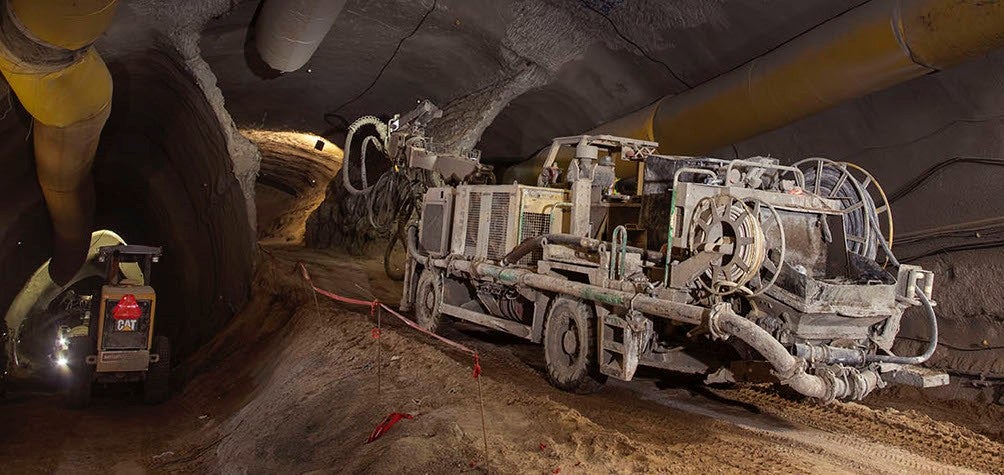Advanced Membrane Degassing Technology for Radiation Source Term Reduction and Corrosion Control
Dissolved gas control in a nuclear power plant's water system, including the primary make-up water storage tank and refuelling water storage tank, can be essential to reduce radiation source term (defined as a release of radioactive material). Controlling dissolved gases can also help reduce the formation of unwanted radionuclides, such as 14C and oxides of 60Co, and alleviate primary water stress corrosion cracking (PWSCC).
14C nuclides are produced by neutron-induced reactions on isotopes of carbon, nitrogen and oxygen molecules. Since these elements are present in the fuel, cladding, coolant, moderator and structural materials of nuclear reactors, removing the dissolved gases from the process water can reduce the formation of 14C nuclides.
60Co and 58Co nuclides are generated by a neutron reaction with steel alloy components within the reactor. 60Co oxide is formed when 60Co is exposed to the dissolved oxygen in the reactor water.
Reducing the concentration of dissolved oxygen in the reactor coolant system (water cooling system) can aid in reducing the production of these corrosion products in the reactor.
CRUD (corrosion related unidentified deposit), such as 60/58CoNiFe2O3, is known to be a primary cause of radiation build-up in nuclear power plants.
This type of corrosion product should be removed in order to reduce employee exposure during plant overhaul and decommissioning. Reducing the concentration of dissolved oxygen in the reactor make-up water storage tank (RMWST) and refuelling water tank (RWT) can reduce the production of these radioactive corrosion products.
To find out more about this please download the free white paper.
Download to find out more.










